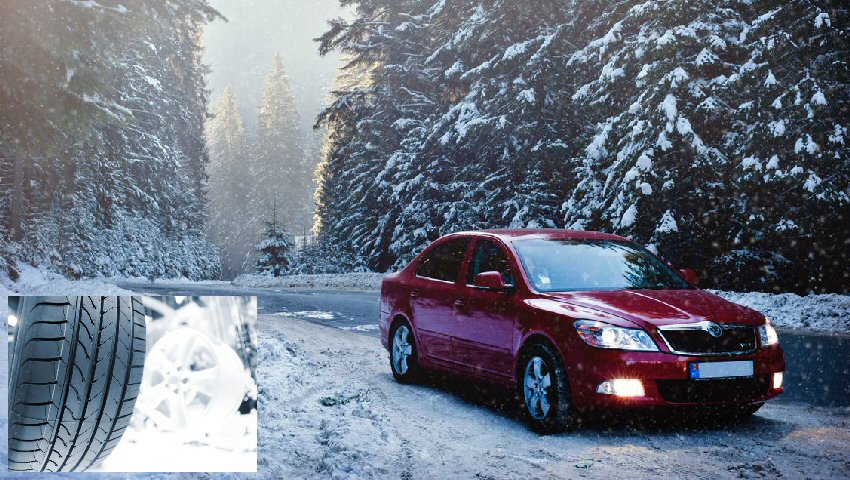
Which Tread Is Best for Winter Driving?
The winter is almost here, and many car owners start worrying whether their tyres will be able to cope with ice and snow. Are your summer tires up for the task and are all-seasons really good for the extreme weather conditions? Why are winter tyres considered the best option for the cold season? And what the ideal winter tread should look like? We’ll try to find answers for these questions.
Are summer or all-season tyres good for winter?
Summer tyres are champions when it comes to driving on warm roads. For their superior steering, braking and acceleration properties on wet and dry roads, they are referred to as the ‘performance tyres’. But they cannot sport the same level of competency on the road when the temperature drops below 7 degrees Celsius. The point is in their rubber compound that hardens and loses grip on the road at low temperatures.
All-season tyres, despite their name, are only a compromise which is only acceptable when you need ‘some’ winter traction. For example, rarely do you drive in the freezing cold and the probability of snow is very low in the area where you live. But if snow is what you have to deal for the most part of the cold season, winter tyres are a wise investment into your safety and driving comfort.
What are the best tyres for winter?
Winter tyres are the only safe option for the winter driving. They are made of a specially developed compound that remains pliant at freezing temperatures and enables the tread blocks flex to provide the required grip on ice and snow. The tread pattern of winter tyres is more aggressive than that of all-seasons or summer rubber. Deep grooves work great in preventing the tyre aquaplaning on the deep standing water and slush. Many tiny sipes the tread of winter tyres is covered with make the tyre’s blocks to flex during the ride and grip onto the road. Due to these upgrades, winter tyres show better stopping distance on both wet and dry cold pavements than summer tyres and all-seasons do.
The tread of a tyre really matters even when it comes to a winter tyre. New tyres, if selected carefully and with regard to the vehicle’s parameters and the driving needs, are able to provide the top-notch level of grip and safety. The law allows you to use a tyre until its tread depth reaches 1.6mm. But you should keep in mind that the safety of your ride lowers with every worn-out millimetre of the tread. So if you know that you’ll be using your tyres on wintry motorways, make sure your tyres’ tread is at least as deep as 3mm.













